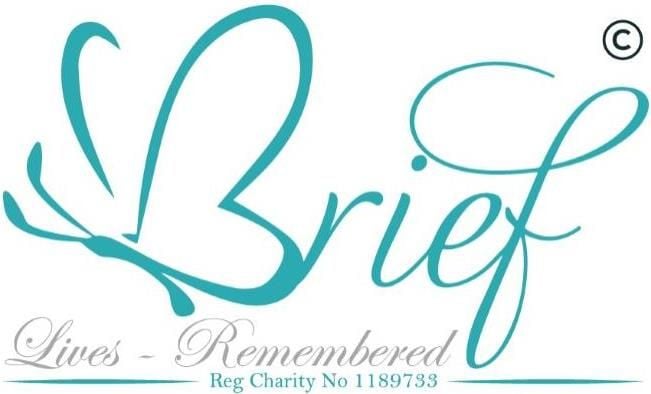The Forward
In the early 19th century right up until the 1960s and even 70s, a baby that was stillborn or died shortly after birth was usually buried in a communal grave with other babies or in a grave with a female adult.
Hospitals used to take care of the burial at that time which meant that most parents didn't know where their baby was buried. fathers were certainly not present in the delivery room, and mothers didn't even have a choice to see or hold their baby.
Stillborn babies were delivered and then whisked away before their mothers could see them in what became known as the rugby pass. Parents were sent home and told to "go and have another one". They were not encouraged to grieve or acknowledge their baby an any way. They grieved secretly and had to go through each milestone and anniversary with little or no support. many babies were unnamed.
Today, parents are given time and choices about what happens to their baby after death. They can choose to see and hold their baby and are offered photographs, hand and foot prints, and can choose the clothes for the baby to be dressed in. Some parents choose to organise the funeral.
Finding Zoe is a true story about a journey born from the compassion of one woman, Paula Jackson, and her search to find where a baby girl called Zoe who was buried over 44 years before. After hearing Clive's story about his twin sister Zoe who had died after birth, Paula felt she wanted to help him find his sister's grave. Paula encountered many hurdles in her search to find Zoe, but her persistence, determination, and growing love for Zoe carried her through until her mission was complete.
This book reflects the strong / powerful bond that a surviving twin has with a sibling who died at birth, the bond that a Mother and Father with a baby that dies, and the importance of acknowledging the death of a baby as a person who existed in his or her own right.
Finding Zoe is the first book of its kind which brings together the stories of parents who have wanted to trace their baby's grave. In the second section there are testimonials from parents who have been successful in doing this. At Sands we are fully aware that some parents and relatives may not have enough information to be able to trace where their baby was buried.
At the end of the book we have put a few suggestions of ways others have found helpful to remember and honour their baby. Mothers and fathers never forget the death of their baby, no matter how many children they have at the time, or go on to have subsequently.
Many bereaved parents and relatives who have been able to trace their baby's grave have told me they feel relieved, and more at peace. They feel they are finally able to grieve and say goodbye to their baby and feel a sense of closure.
My hope is that this book inspires those who want to trace a baby's grave to set out on that journey and that it gives parents permission to grieve no matter when their baby died.
"Always Loved never Forgotten"
Erica Stewart
Bereavement Support Manager
